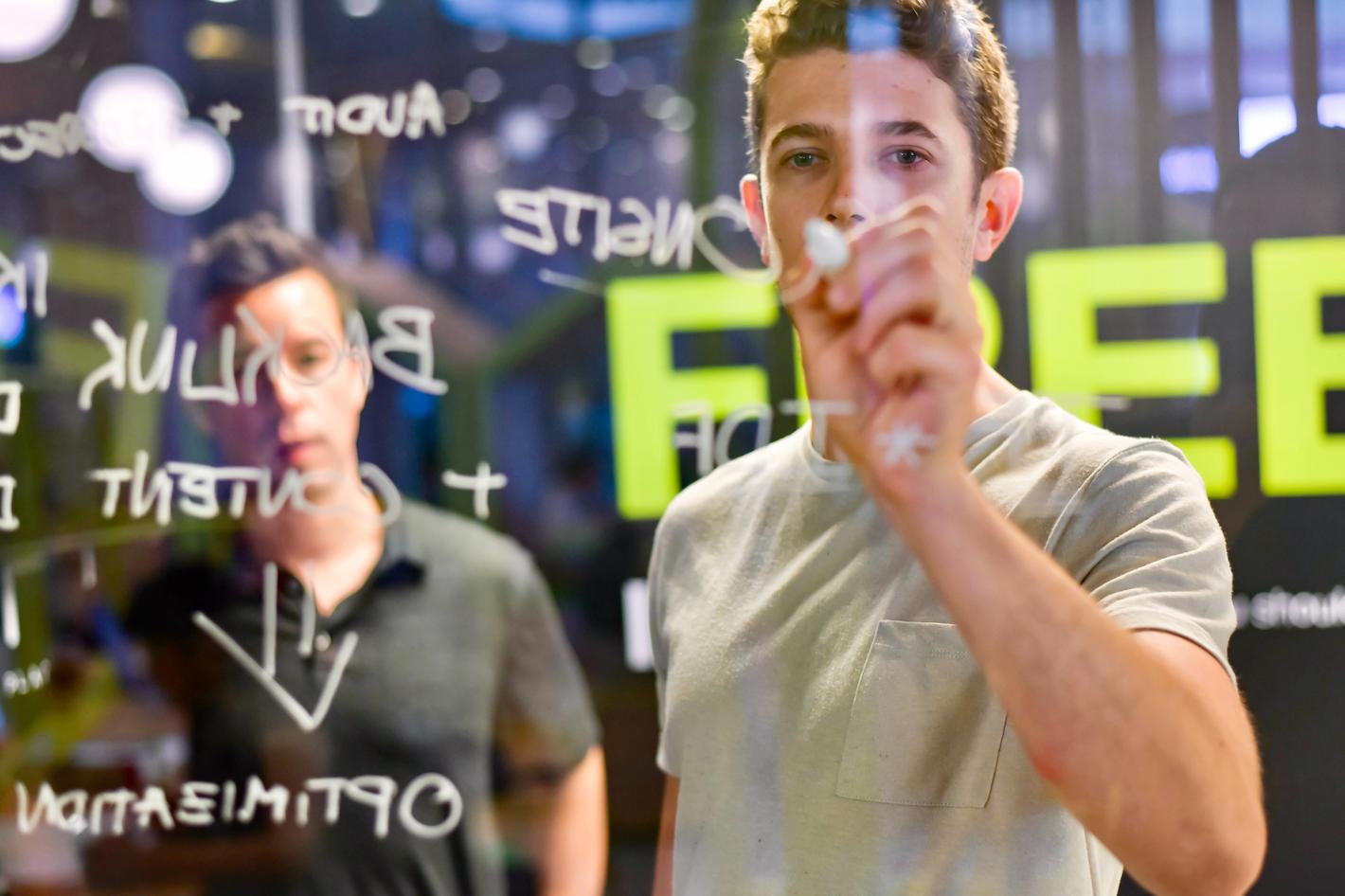Marketing is no stranger to Artificial Intelligence. Complex algorithms have been used in areas such as budget allocation, task automation, and performance analysis for quite a long time. However, we are yet to discover the full potential of AI Image Recognition and the way it can influence the creative part of marketing.
What exactly is AI Image Recognition, you may ask. Well, simply speaking, it is a set of algorithms that can identify patterns in the analysed images on an individual pixel level. Moreover, it can learn from these patterns to improve the accuracy and speed in identifying them.
Of course, the AI requires training on billions of photos to learn to recognise patterns almost faultlessly. However, eventually, it gains the ability to instantly spot objects in numerous images.
How can it revolutionise the marketing industry? Let’s find out.
AI Applications in Marketing
AI has been introduced into marketing quite a long time ago. And there’s a reason for that. It can help marketing analysts analyse and optimise the results. Advertising, predictive analytics, chatbots... That’s just a tip of an iceberg of possible applications of AI in marketing. No wonder that marketers wouldn’t stop speaking about it. What’s interesting, a recent Gartner study predicts that by 2022, AI-based marketing software will relieve data analysts of up to a third of their analysis tasks.
AI also supports many businesses with automation. Instead of performing routine manual tasks, such as content personalisation, lead scoring, and reporting, marketing teams can hand it over to AI to save time and focus on other important business processes.
Speaking of savings, with the use of AI, companies can save money without compromising on the quality of customer experience, at the same time learning more about the industry and using this knowledge to gain a competitive edge.
As you can see, and probably know from the experiences of your company, AI has made a stay to support different areas of your business. Now it’s time for Image Recognition.
Revolutionising Marketing and Advertising
You can use image recognition in several contexts — let’s take a look at some most commonly-used examples.
First of all, it's no longer enough to monitor social media conversations with text analysis alone. It’s important to use visual monitoring to follow the use of elements of your branding online. Running a logo recognition tool should flag all online instances of your logo—or similar designs. It helps you to protect your branding against any unauthorised use and prevents you from getting into rebranding troubles.
As reported by Latana, three-quarters of internet users in the US always search for images and visual content while deciding to make a purchase. By studying which images influence your audience best, you can incorporate them into your strategy. You can easily research which visuals trigger certain behaviour and use them to strengthen your brand strategy. You can also display similar products based on your clients’ activities.
Moreover, you can also analyse images viewed by the visitors by classifying the images and proceed to detecting and classifying the objects in these images. Having that classification, you can easily assign each user to a specific category. Then this information can be used to create targeted and personalised campaigns. Taking these steps can help you increase conversions from visual ads.
And what if I tell you that we can take it a step further? What about using image recognition to identify the needs of clients and personalise advertising based on their social media activity? By applying the image recognition backward, you may be able to spot any potential needs of the clients to stay one step ahead of them. Even though it’s merely a concept, it can be used in the future to make the experience even more individual.
Utilise Visual Analytics
AI Image Recognition seems to have an unlimited power that is yet to be discovered. However, many companies are already incorporating its elements to support their business and marketing strategies.
The algorithms are fast learners and given more time, we can expect great things from them.


